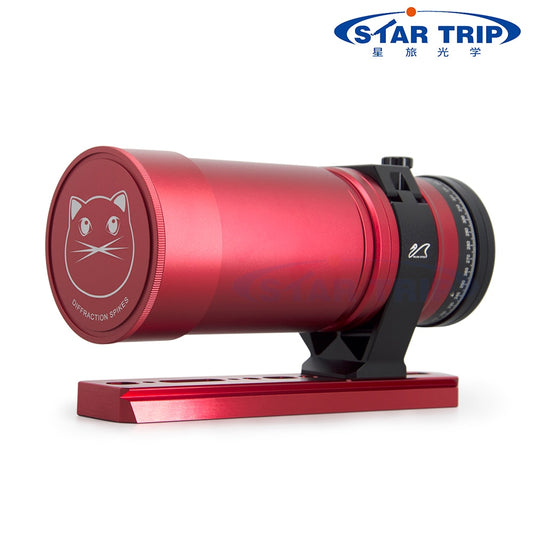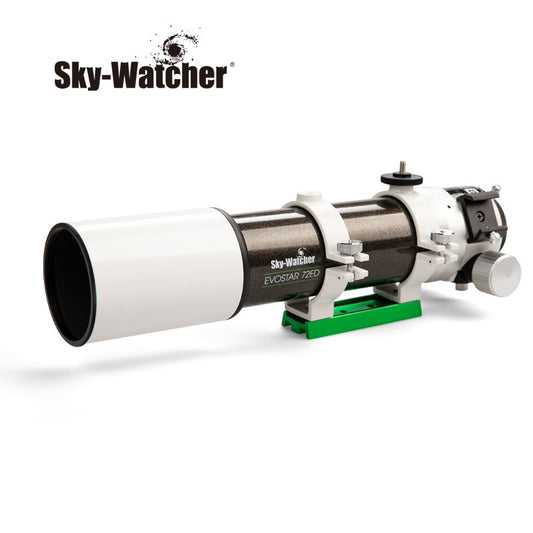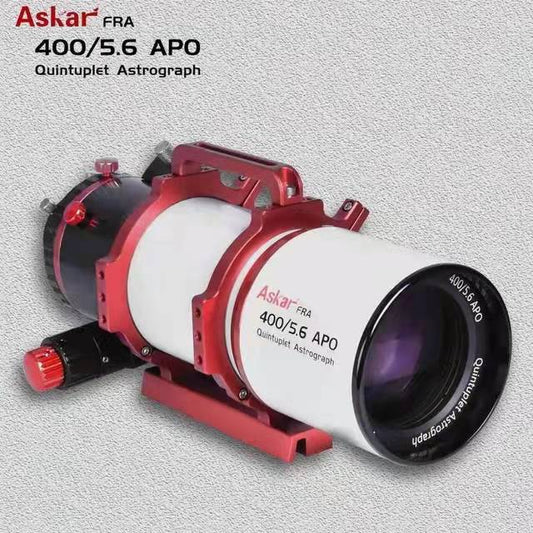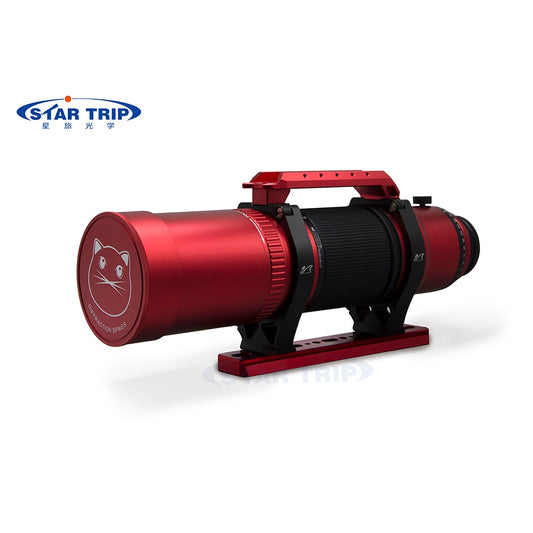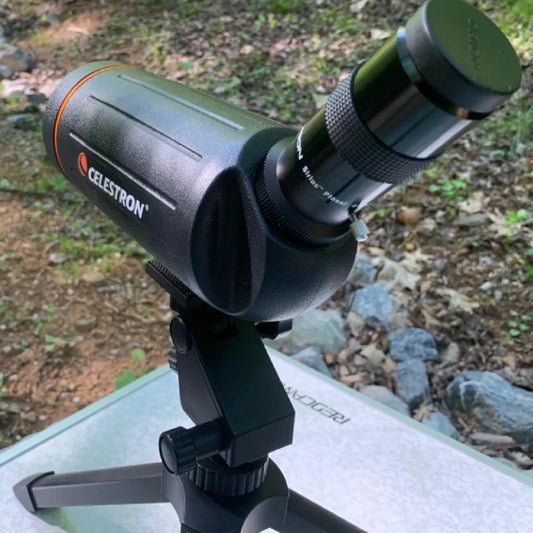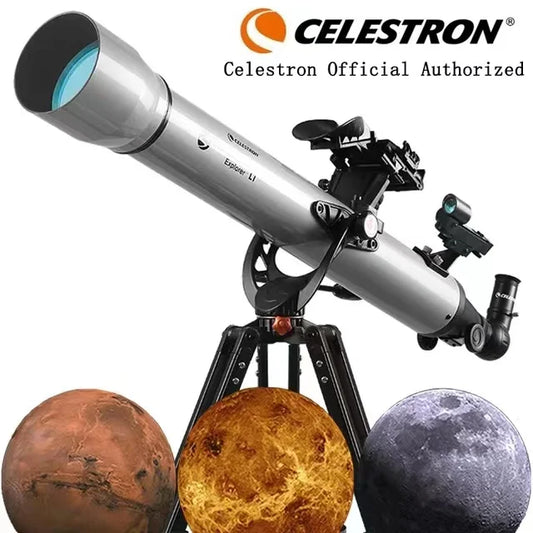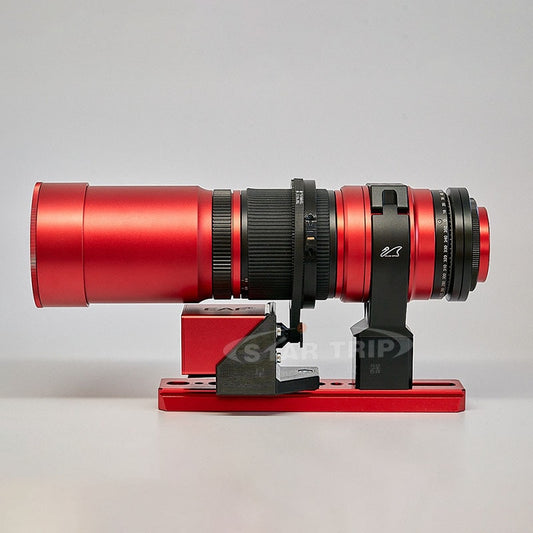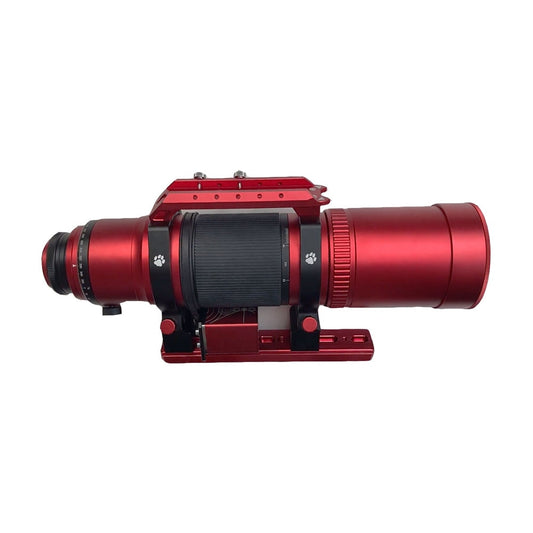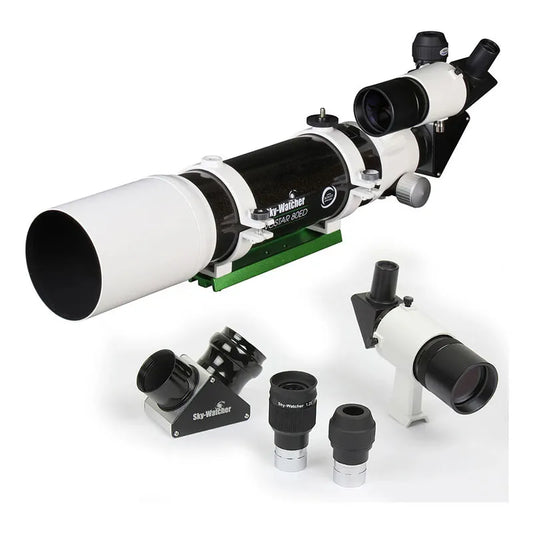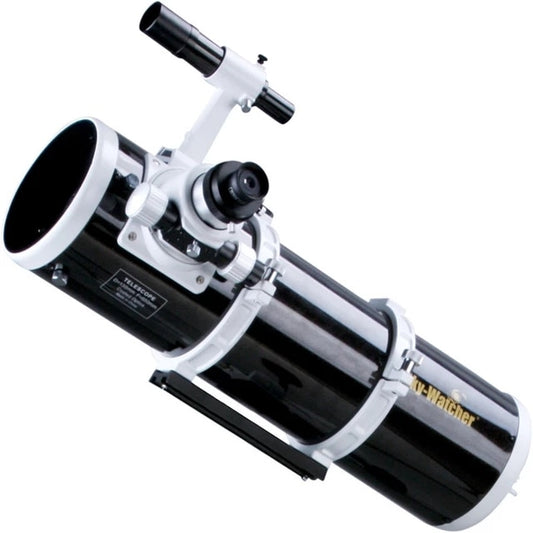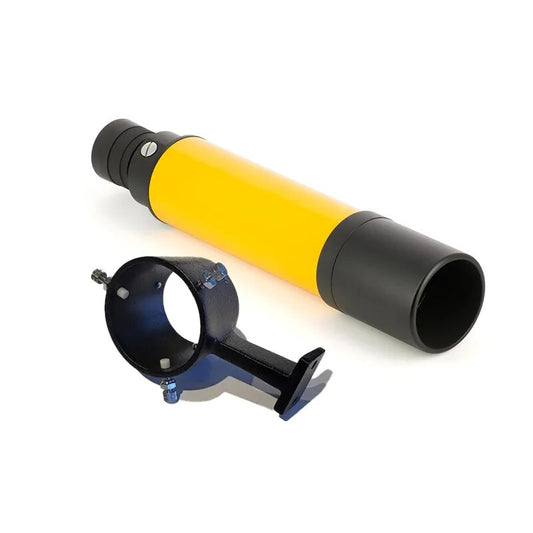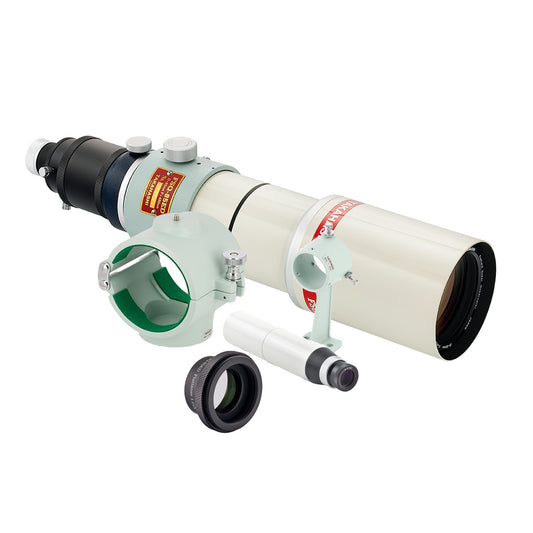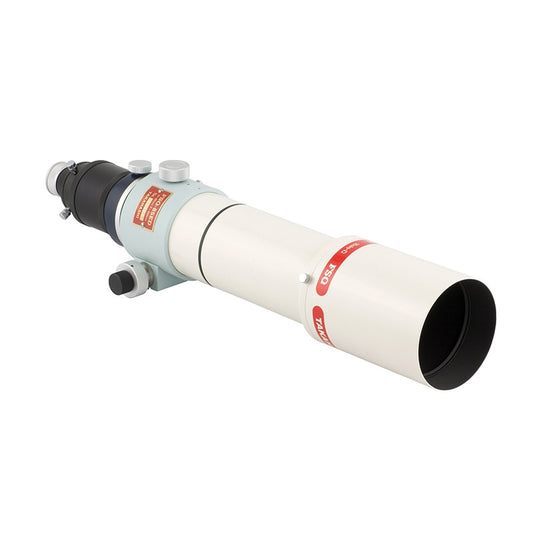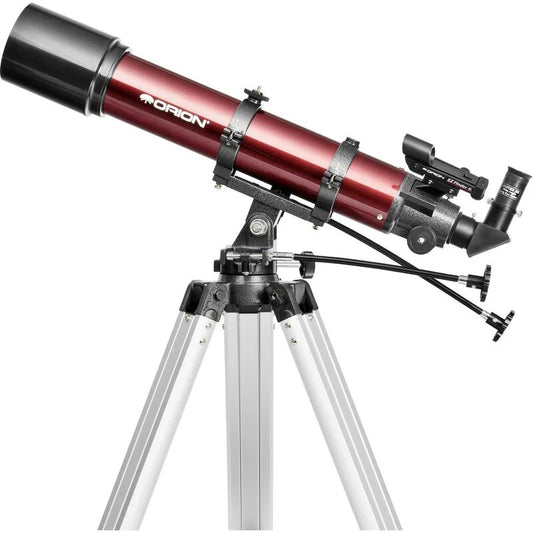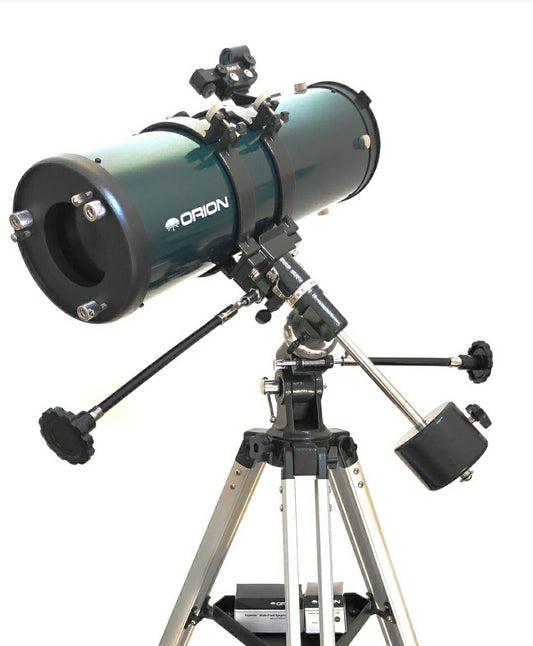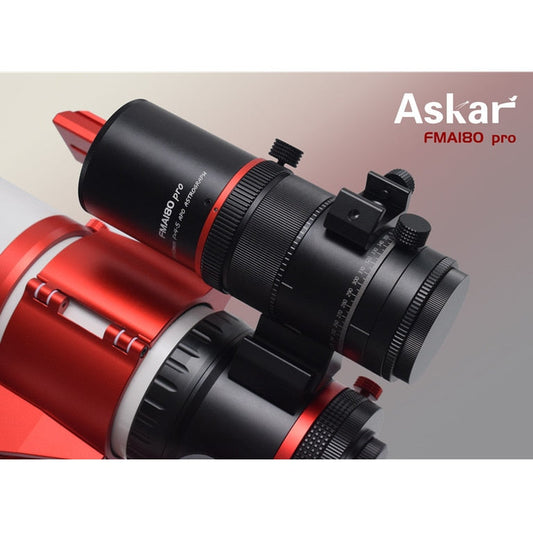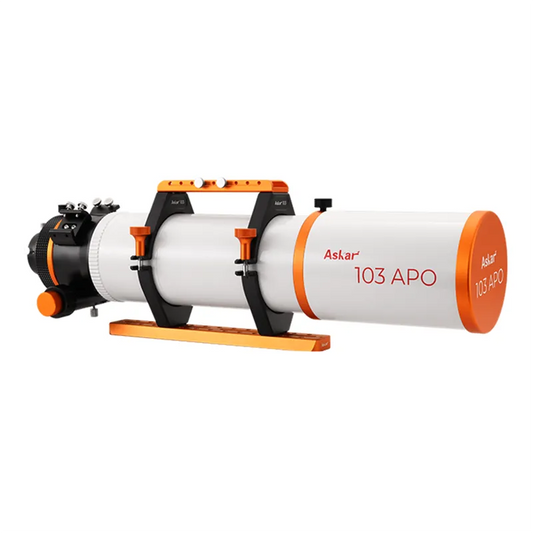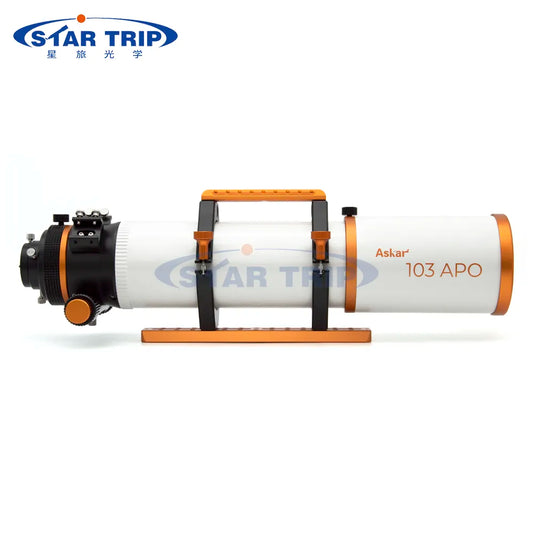Exploring the night sky with a telescope is an awe-inspiring experience. With so many options available, it can be overwhelming to choose the right one for your needs. In this post, we'll help you navigate the world of telescopes and recommend the best telescope for viewing planets and galaxies.
When it comes to viewing planets and galaxies, there are a few factors to consider. First, you'll want a telescope with a large aperture. Aperture refers to the diameter of the telescope's main optical component (the lens or mirror). The larger the aperture, the more light the telescope can gather, resulting in brighter and more detailed images.
Second, you'll want a telescope with a high magnification. Magnification refers to how much larger an object appears when viewed through the telescope compared to the naked eye. While high magnification is important for observing planets and galaxies, it's not the only factor to consider. A high magnification with a small aperture can result in a blurry image due to atmospheric conditions.

With those factors in mind, here are our top recommendations for the best telescope for viewing planets and galaxies:
Celestron NexStar 8SE
The Celestron NexStar 8SE is a powerful telescope with an 8-inch aperture and a focal length of 2032mm. This telescope uses a computerized mount, which makes it easy to find and track celestial objects. It also comes with a database of over 40,000 celestial objects, so you'll never run out of things to observe.
Orion SkyQuest XT10i IntelliScope
The Orion SkyQuest XT10i IntelliScope is a great option for those looking for a telescope with a large aperture. It features a 10-inch aperture and a focal length of 1200mm, which makes it perfect for observing planets and galaxies. The IntelliScope technology makes it easy to find and track celestial objects, and the included eyepieces provide a range of magnifications.
Meade LX90-ACF
The Meade LX90-ACF is a high-end telescope with a 12-inch aperture and a focal length of 3048mm. It features Meade's Advanced Coma-Free (ACF) optics, which provide sharp, clear images. This telescope also uses a computerized mount with GPS and can be controlled using Meade's AudioStar controller.
Sky-Watcher ProED 120 APO
The Sky-Watcher ProED 120 APO is a refractor telescope with a 4.7-inch aperture and a focal length of 900mm. This telescope uses high-quality glass to provide clear, color-corrected images. It's also lightweight and easy to transport, making it a great option for those who want to take their telescope on the go.
When considering purchasing a telescope, there are a few additional factors to keep in mind. The first is your budget. Telescopes can range from a few hundred dollars to several thousand dollars. While a higher price tag generally means higher quality, there are still excellent options available at lower price points.
Another factor to consider is the size and weight of the telescope. If you plan on transporting your telescope frequently or have limited storage space, a smaller and more lightweight telescope may be a better option. On the other hand, if you have a dedicated observation spot and don't plan on moving your telescope often, a larger and more powerful telescope may be the way to go.
It's also important to consider the type of mount your telescope will come with. There are two main types of mounts: equatorial and altazimuth. Equatorial mounts are best for tracking celestial objects as they move across the sky, while altazimuth mounts are easier to use and more intuitive for beginners.
Finally, it's important to remember that observing planets and galaxies requires patience and practice. Atmospheric conditions can greatly impact the quality of your observations, and it may take some time to learn how to use your telescope effectively. But with the right telescope and a bit of determination, you can unlock the wonders of the universe and enjoy the beauty of the night sky like never before.

Now, let's talk about some tips on how to get the best viewing experience with your telescope. First, make sure to choose the right time and location for observing. The best time to observe planets is usually when they are at opposition, which is when they are closest to Earth and brightest in the sky. As for galaxies, you'll want to observe on a clear, dark night, away from light pollution.
Second, let your eyes adjust to the darkness before observing. This means avoiding bright lights and electronics for at least 20-30 minutes before observing. This will help your eyes adjust to the darkness and allow you to see more detail.
Third, use the right eyepiece for the object you're observing. Different objects require different magnifications, and using the wrong eyepiece can result in a blurry or distorted image. Start with a low magnification eyepiece and work your way up until you find the right magnification for the object you're observing.
Fourth, make sure to align your telescope properly. This is especially important for computerized telescopes like the Celestron NexStar 8SE and the Meade LX90-ACF. Follow the manufacturer's instructions carefully to ensure your telescope is properly aligned and tracking celestial objects accurately.
Finally, be patient and don't get discouraged if you don't see anything right away. Observing planets and galaxies requires patience and practice, and it may take some time to find and observe the object you're looking for.
In conclusion, choosing the best telescope for viewing planets and galaxies is all about finding the right balance between aperture, magnification, and price. The Celestron NexStar 8SE, Orion SkyQuest XT10i IntelliScope, Meade LX90-ACF, and Sky-Watcher ProED 120 APO are all great options to consider. Remember to choose the right time and location for observing, let your eyes adjust to the darkness, use the right eyepiece, align your telescope properly, and be patient. With these tips and the right telescope, you'll be able to explore the wonders of the universe and enjoy the beauty of the night sky like never before.

Best telescope for viewing planets and galaxies for beginners
If you're new to astronomy and looking for a telescope that can help you explore the wonders of the night sky, you may be overwhelmed by the choices available. In this blog post, we'll discuss the best telescopes for viewing planets and galaxies for beginners.
Orion SkyQuest XT8 Classic Dobsonian:
This is a great telescope for beginners who want to explore the planets and galaxies. Its 8-inch aperture and 1200 mm focal length make it ideal for viewing objects in the night sky, and its Dobsonian mount makes it easy to set up and use. The telescope also comes with a 25 mm Plossl eyepiece and a 2-inch Crayford-style focuser for precise focusing.
Celestron NexStar 4SE:
The Celestron NexStar 4SE is a great choice for beginners who want a telescope that's easy to set up and use. Its 4-inch aperture and 1325 mm focal length make it ideal for viewing planets and deep sky objects. The telescope also comes with a built-in wedge for tracking celestial objects and a NexStar+ hand control for precise control of the telescope.
Meade Infinity 102mm AZ:
The Meade Infinity 102mm AZ is a great entry-level telescope that's ideal for viewing the planets and the moon. Its 102mm aperture and 600 mm focal length make it ideal for exploring the night sky, and its Altazimuth mount makes it easy to set up and use. The telescope also comes with two eyepieces and a red dot finder for easy targeting of objects.
Sky-Watcher Heritage 130P:
The Sky-Watcher Heritage 130P is a great beginner telescope that's portable and easy to use. Its 5-inch aperture and 650 mm focal length make it ideal for viewing planets and deep sky objects, and its tabletop Dobsonian mount makes it easy to set up and use. The telescope also comes with two eyepieces and a red dot finder for easy targeting of objects.
Celestron PowerSeeker 127EQ:
The Celestron PowerSeeker 127EQ is a popular beginner telescope that's great for exploring the night sky. Its 127mm aperture and 1000 mm focal length make it ideal for viewing planets, the moon, and deep sky objects. The equatorial mount also allows for easier tracking of objects as they move across the sky.
Orion StarBlast 4.5 Astro Reflector:
The Orion StarBlast 4.5 Astro Reflector is a compact and portable beginner telescope that's easy to use. Its 4.5-inch aperture and 450 mm focal length make it great for viewing planets and deep sky objects, and its tabletop Dobsonian mount makes it easy to set up anywhere. The telescope also comes with two eyepieces and a red dot finder for easy targeting.
Celestron Inspire 100AZ:
The Celestron Inspire 100AZ is another great beginner telescope that's easy to set up and use. Its 100mm aperture and 660 mm focal length make it ideal for viewing planets and the moon, and its Altazimuth mount makes it easy to track objects as they move across the sky. The telescope also comes with two eyepieces and a red dot finder for easy targeting.

Tips for Choosing the Best Telescope for Beginners
Aperture:
The aperture of the telescope determines how much light it can gather, which directly affects the image quality. A larger aperture will allow for brighter and sharper images, so it's generally recommended to go for a telescope with at least a 4-inch aperture.
Portability:
Consider how portable the telescope is if you plan on taking it on the go. Some telescopes are more compact and lightweight, making them easier to transport and set up, while others may be more cumbersome and require more effort to move around.
Mount:
The mount is an important consideration as it determines how stable and easy to use the telescope will be. There are two main types of mounts: Altazimuth and Equatorial. Altazimuth mounts are simpler and more intuitive to use, but they can make it harder to track objects as they move across the sky. Equatorial mounts are more complex but offer better tracking and are better suited for astrophotography.
Price:
As a beginner, it's important to consider your budget when choosing a telescope. There are plenty of great options available at different price points, so be sure to weigh the features and benefits against the cost to find the best value for your money.

Best telescope for viewing planets and galaxies with camera
Viewing planets and galaxies with a telescope is an incredible experience, but capturing them with a camera takes it to a whole new level. With the right equipment, you can capture stunning images of the night sky and share them with others. In this article, we'll explore the best telescopes for viewing planets and galaxies with a camera.
Celestron NexStar 8SE:
The Celestron NexStar 8SE is a high-quality telescope that's perfect for astrophotography. Its 8-inch aperture and 2032 mm focal length make it ideal for capturing detailed images of planets and deep sky objects. The telescope also features a computerized GoTo mount that can automatically track objects as they move across the sky.
Meade LX90:
The Meade LX90 is another great option for astrophotography. Its 8-inch aperture and 2000 mm focal length provide sharp, clear images of planets and deep sky objects. The telescope also features a computerized GoTo mount and a built-in autoguider port for easy tracking and precise imaging.
Sky-Watcher EQM-35 Pro:
The Sky-Watcher EQM-35 Pro is a portable and versatile telescope that's great for astrophotography. Its 3.5-inch aperture and 660 mm focal length make it ideal for capturing detailed images of planets and deep sky objects. The telescope also features a motorized equatorial mount that allows for precise tracking and imaging.
Orion SkyQuest XT10i:
The Orion SkyQuest XT10i is a powerful telescope that's perfect for capturing stunning images of the night sky. Its 10-inch aperture and 1200 mm focal length make it ideal for viewing and imaging planets and deep sky objects. The telescope also features a computerized GoTo mount that can automatically track objects as they move across the sky.
Celestron Advanced VX 8 EdgeHD:
The Celestron Advanced VX 8 EdgeHD is a premium telescope that's perfect for serious astrophotographers. Its 8-inch aperture and 2032 mm focal length provide detailed, high-resolution images of planets and deep sky objects. The telescope also features a motorized equatorial mount and Celestron's EdgeHD optics, which provide superior image quality and clarity.

When it comes to viewing planets and galaxies with a camera, there are many great telescopes to choose from. The Celestron NexStar 8SE, Meade LX90, Sky-Watcher EQM-35 Pro, Orion SkyQuest XT10i, and Celestron Advanced VX 8 EdgeHD are all excellent options for capturing stunning images of the night sky.
When selecting a telescope for astrophotography, it's important to consider factors like aperture, focal length, mount, and optics. With the right equipment and a little bit of practice, you can capture incredible images of the planets and galaxies and share them with others. So, choose the best telescope for your needs and get ready to explore the wonders of the universe!

In conclusion, choosing the best telescope for viewing planets and galaxies with a camera as a beginner can be a daunting task. However, by considering factors such as aperture, focal length, mount type, and camera compatibility, you can make an informed decision and select a telescope that will help you capture stunning images of the night sky. Remember to do your research, read reviews, and invest in high-quality equipment that will last you for years to come. By following these tips and using the best telescope for your needs, you can start your astrophotography journey and capture breathtaking images of the cosmos.
Telescope Topics:
- Who Invented The Telescope?
- Why are Telescopes Important?
- When was The Telescope Invented?
- Why are Refractor Telescopes Popular?
- Best Deep Sky Objects by Month
- Best Telescope to See Planets and Galaxies
- Best Telescope Eyepiece for Viewing Planets
- Reflector Vs Refractor Telescope
- William Optics Redcat 51
- Takahashi Telescopes
- Brightest Objects in the Night Sky
- What Does a Focal Reducer Do on a Telescope
- Ax Telescope Mount
- Types of Telescopes
- Telescope Mounts Explained
- What is a Catadioptric Telescope
- Telescope Aperture
- How Does a Telescope Work
- Are There Telescopes for Smartphone Camera
- How Much Does a Telescope Cost
- Best Telescopes Under $1000
- What Makes a Good Telescope
- What Does a Focal Reducer Do
- Stellarium
- Bahtinov Mask
- Qhyccd Polemaster Review


